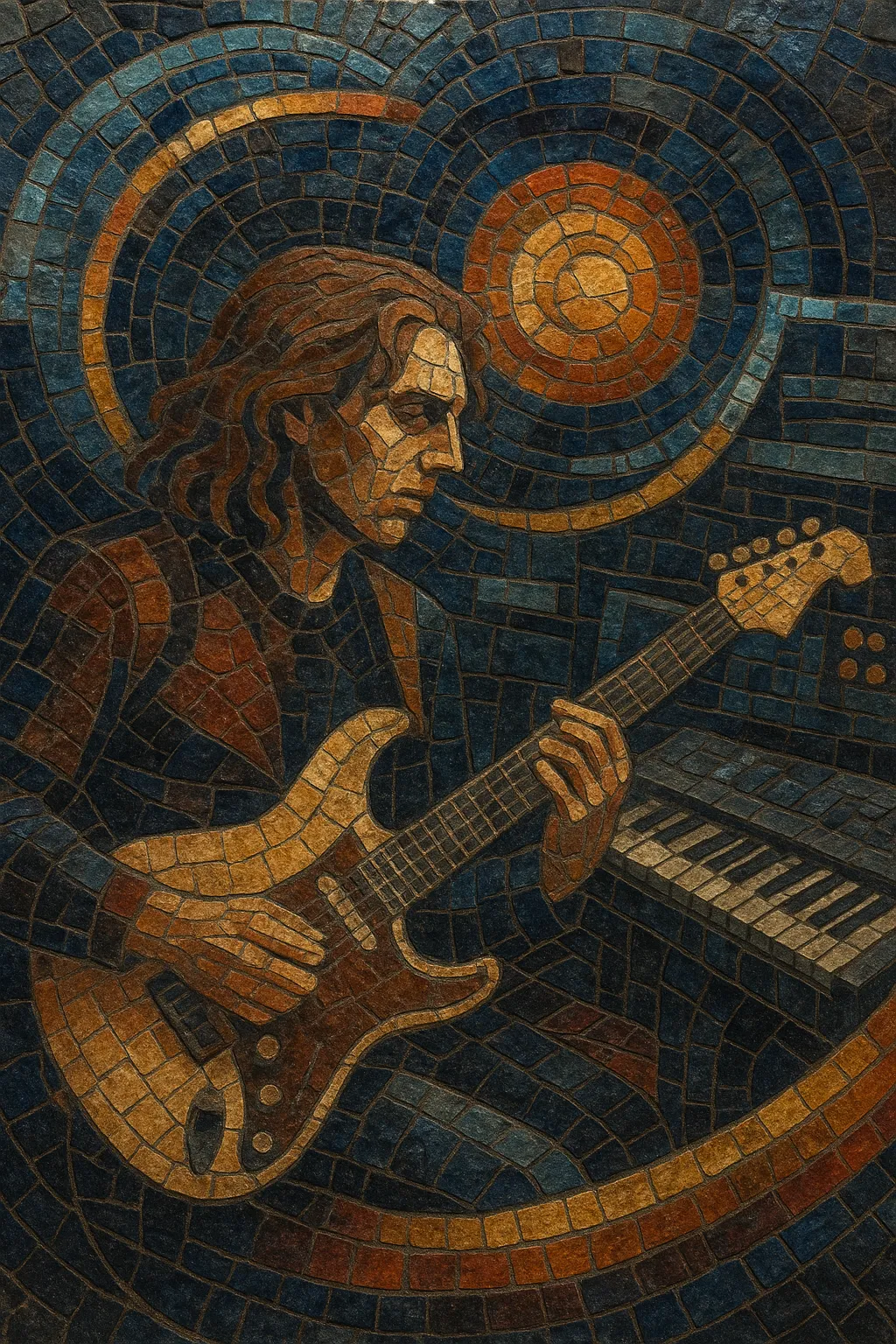
Neo-progressive rock (often shortened to neo-prog) is a revivalist wave of progressive rock that emerged in the early 1980s in the United Kingdom. It blends the grand, symphonic ambitions of 1970s prog with more concise song forms, strong hooks, and glossy 1980s production aesthetics.
The style is characterized by emotive vocals, lyrical guitar leads, and prominent, textural keyboards (synth pads, string ensembles, Mellotron emulations). Songs often feature dynamic shifts, recurring thematic motifs, and extended instrumental passages, yet remain accessible through memorable choruses and streamlined structures.
Compared with classic prog, neo-prog tends to emphasize atmosphere and melody over virtuosity for its own sake, focusing on dramatic storytelling, introspective themes, and cinematic arrangements that build toward cathartic, epic climaxes.
Neo-progressive rock took shape in the early 1980s in the UK as a response to both the decline of 1970s progressive rock and the rise of post-punk and new wave. Young bands admired the symphonic sweep of classic prog but adopted contemporary production, shorter forms, and pop sensibilities to fit the era’s radio and live circuit.
Groups such as Marillion, IQ, Pendragon, Pallas, and Twelfth Night crystallized the sound. They combined lyrical, emotive vocals with atmospheric keyboard layers and melodic guitar solos. Breakthrough releases in the mid-1980s—alongside a thriving club/festival and fanzine circuit—helped the scene coalesce, while singles with strong hooks demonstrated that prog-influenced music could still find a wider audience.
Through the 1990s, core acts refined their styles and new bands appeared (e.g., Arena, Jadis, Galahad), broadening the palette with heavier guitars, richer sound design, and more ambitious concept albums. The scene benefited from dedicated labels, magazines, and festivals, sustaining a loyal audience even as mainstream tastes shifted.
Neo-prog maintained its identity while intersecting with adjacent movements: crossover prog, modern symphonic rock, and strands of progressive metal. Bands such as Magenta continued the tradition into the 2000s and 2010s, while veteran acts kept releasing and performing. The genre’s melodic emphasis, cinematic dynamics, and narrative ambition have remained a touchstone for later progressive artists.

